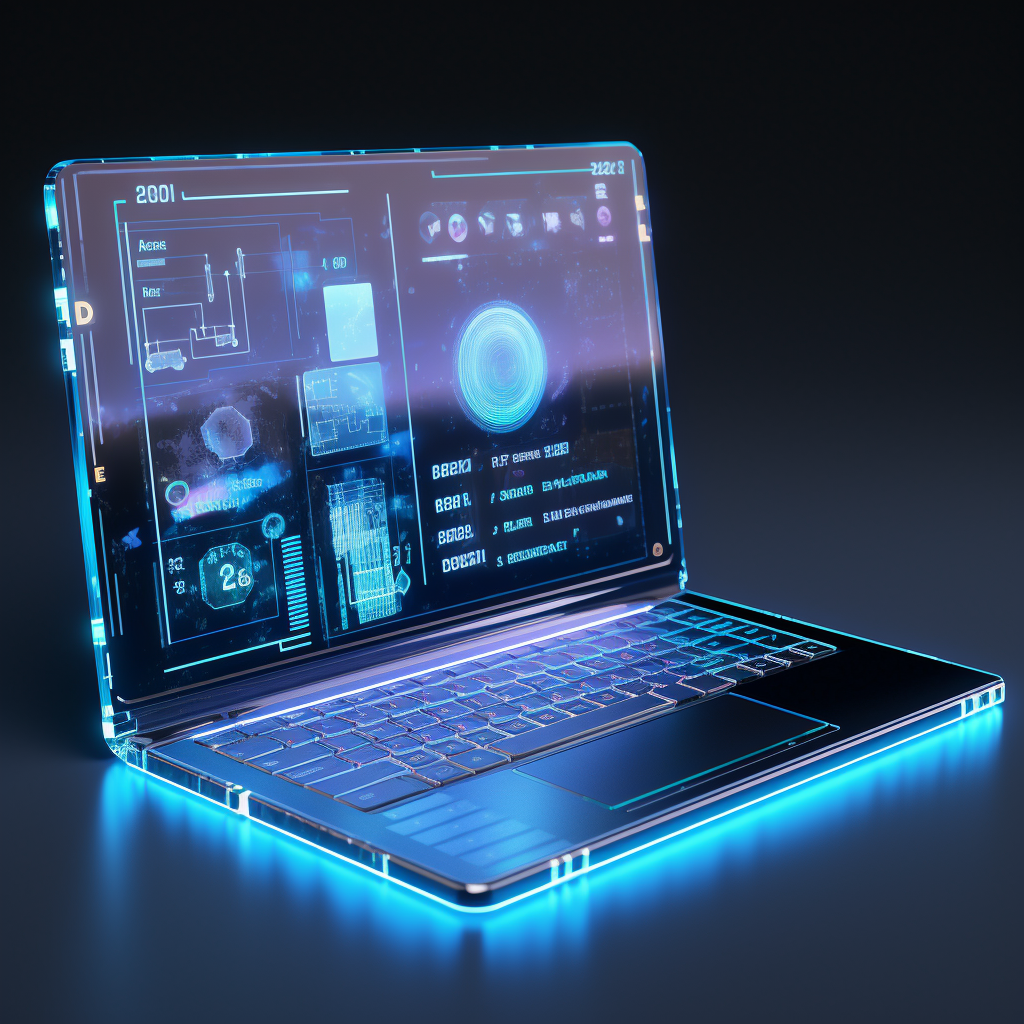
Not very long after the initial popularity of the personal computer, these thinking machines could be found in nearly every office and classroom. This was a significant advancement for both technology and society, but it left something still to be desired for less stationary applications. The general manager migrating from site to site, the traveling salesman keeping track of his numbers, and even the student moving between classes all had very little need for a workstation tethered to a desk. While storage disks provided portability for data itself, these people and others like them weren’t empowered with the benefits of modern computing as others were. While there were computers marketed as portable, they were heavy, bulky, and cumbersome to set up. In truth, they were just desktops that could fairly easily switch desks.
After 1986, however, to first truly mobile personal computers were released. They didn’t require a desk and were light and small enough to perch on your lap. This was the time of the first modern laptops. After their release, carrying them around became a status symbol. They said, “my work is too important for me to be too far from my computer for very long.” Eventually, they became a cost saver. Why have one computer in your den and one in your office when you could easily carry the same computer to both locations? Their cost savings and obvious convenience made it so that eventually owning a laptop was expected of everyone. Their versatility made it easy for modders to hack on the go, hustlers to work from anyway, runners to close deals on-site, and execs to run their numbers from the pool house. In the end, computing was advanced not merely by technology, but by ubiquity.